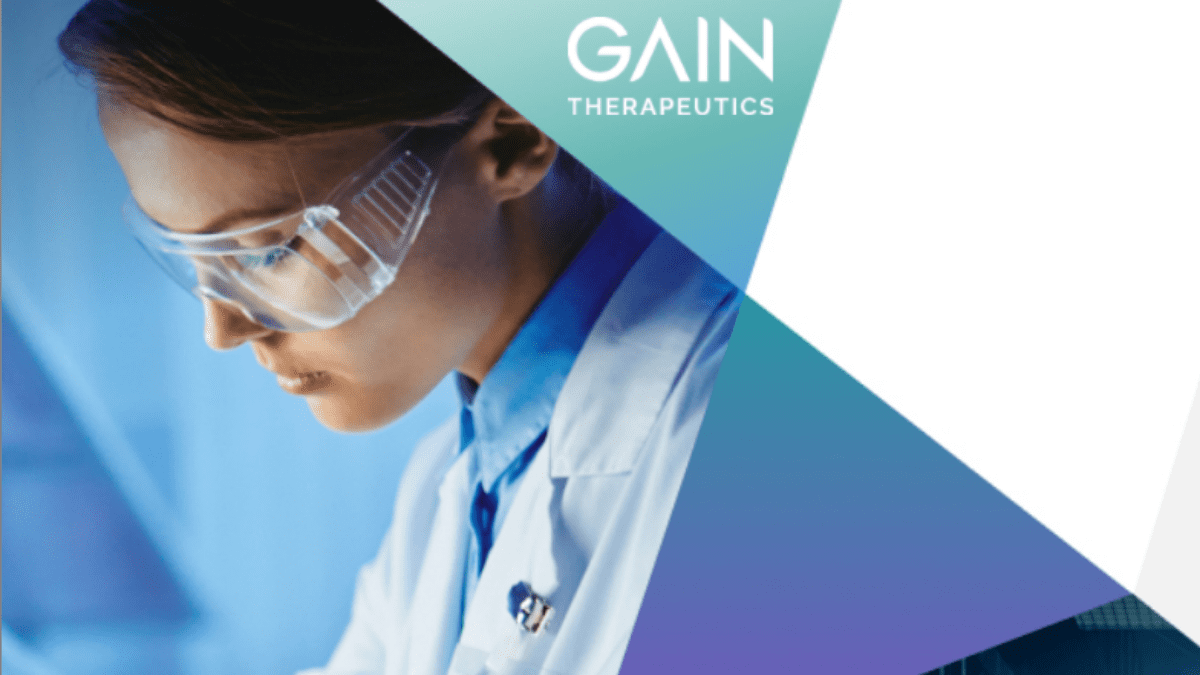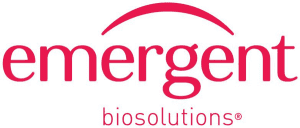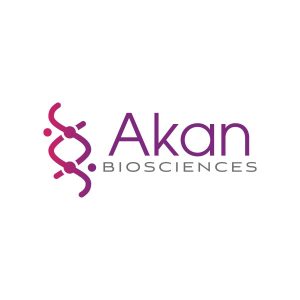
Gain Therapeutics Outlines SEE-Tx Platform and Computational Biology Approach to Drug Design at R&D Day
Harnessing the power of its SEE-Tx target identification platform, Gain Therapeutics is blazing a trail in developing therapeutics for Gaucher disease, a lysosomal storage disorder caused by mutations in the glucocerebrosidase gene GBA1.
Bethesda-based Gain presented preclinical data from its Gaucher disease program at the 18th Annual WORLDSymposium on lysosomal disease research that showed the compounds the company is developing increase the levels of GCase protein, deplete phosphorylated alpha-synuclein, and increase autophagic flux. Gain Chief Executive Officer Eric Richman said the data presented at the symposium validates the company’s SEE-Tx platform, as well as the potential of the Gaucher-aimed candidate, GT-02329, that is demonstrating an ability to restore key lysosomal functions and showing promise as a first-in-class therapy for the treatment of neuronopathic Gaucher disease. Richman said the company’s Gaucher program could be in the clinic next year.
For the treatment of lysosomal storage disorders like Gaucher, Gain is focused on developing structurally targeted allosteric regulators (STARs) identified with SEE-Tx, its proprietary computational discovery platform. The SEE-Tx platform has been designed to use the published 3D structure of enzymes combined with its proprietary computational technology to discover new allosteric binding sites and predict their druggability. Not only can the platform discover newly druggable targets, the SEE-Tx technology is able to determine small molecules in a fraction of the time of traditional drug discovery methods. With the platform, Gain has discovered new binding sites that the company says will, for the first time, allow for targeting for therapeutic benefit to correct enzyme misfolding, which will then restore function and eliminate the subsequent toxic substrate buildup that causes the disease.
Earlier this month, at the company’s first R&D Day, multiple thought leaders in the field touted the increasing importance of computational biology to drive drug discovery. Computational biology is a field that combines the power of computer science with biological understanding. This practice is becoming more commonplace across the pharmaceutical industry, as more companies are turning to the advantages provided through this approach. Joanne Taylor, the former Director of Neuroscience at Eisai and current Scientific Advisor to Gain Therapeutics, pointed out recent moves within the field by companies such as Sanofi, Merck, and Amgen. Since the turn of 2022, Taylor said these companies invested billions of dollars into this sector in order to accelerate their drug development programs.
“It’s possible through artificial intelligence (AI) to predict the 3D structure of any protein merely from its sequence. It’s a transformational discovery that can lead to the treatments of diseases with high unmet medical needs,” Taylor said at the R&D day, “Neuroscience and Beyond: Harnessing Computational Technology and Allosteric Modulators to Drug the Undruggable.”
What’s happening today in the computational drug discovery space is just the beginning, Taylor said. Over the coming years, she predicted greater collaborations across the industry that will lead to increased drug discoveries to treat a myriad of diseases.
Throughout the R&D day, the experts highlighted the importance of computational biology and Gain’s pioneering efforts in this field to develop structurally targeted allosteric regulators as potential treatments for diseases like Gaucher and Parkinson’s disease.
Manolo Bellotto, Gain’s President and General Manager, pointed to mutations in the GBA1 gene that are associated with alpha-synuclein accumulation in Parkinson’s, as well as a build-up of glucosylceramide in Gaucher. Bellotto said that currently, there are no effective medical treatments for the underlying causes of GBA1-related disorders beyond some medications that treat symptoms but do not alter the clinical course of the disease.
Gain Therapeutics aims to alter the course of treatment with its SEE-Tx-backed assets. Bellotto said the company’s therapeutics are aimed at providing lifelong chronic treatment for about 7,000 patients with Gaucher disease, a disease that affects about one out of 100,000 people. In GBA1-associated Parkinson’s disease, Gain predicts its candidate can benefit about 2.4 million patients. In November, Gain presented preclinical data from its Parkinson’s disease program that showed the asset GT-02287 specifically binds to lysosomal enzyme glucocerebrosidase and reduces alpha-synuclein pathology and neuroinflammation in a dose-dependent manner. Additionally, the data shows GT-02287 improves behavioral deficits in an animal model of Parkinson’s disease. GT-02287 also displayed a favorable toxicity profile.
With the data in hand, Gain is moving GT-02287 toward first-in-human studies.
“The focus of the Company in 2022 is on the execution of our research and development plans aligned with our corporate priorities, with additional updates of our preclinical data in our Parkinson’s program expected at various conferences in Q1 and Q2,” Richman said in a statement. “We are pleased by the interest in our R&D Day and thank the key opinion leaders who shared their time to provide such quality presentations on topics of interest relating to advances in computational target and drug discovery, the role of allosteric regulators, and our lead program in GBA1 Parkinson’s disease that originated from our SEE-Tx platform.”







